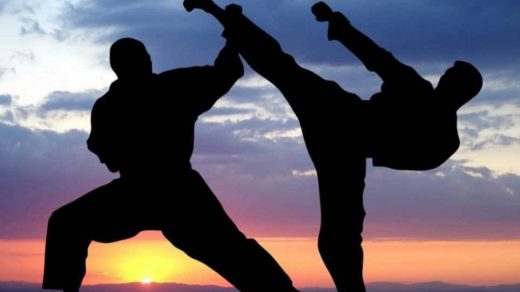adelaide landscapers drawing can be difficult. This skill requires patience and hard work for beginners. A landscape design that is well-done can enhance the beauty of any home or office. This art can be taught to anyone who wants to learn it. It might surprise you to see how easy it is.
Landscape drawings often depict cities, mountains or country sides, parks, et al. Landscape drawings, on the other hand to a traditional still life, show a larger area of the environment and all its visible details. The key to drawing accurate landscape is learning to observe and know where to place your main focal point. It also helps to study the natural landscape. A good landscape artist knows that drawing landscapes consists of five basic elements: foreground, background, texture, shape and color.
Learning to draw landscapes requires a lot of patience. It’s not easy creating a detailed landscape. The biggest challenge for beginners is to master the five basic elements of landscape design and knowing when to use each.
The focal points are the things that attract the eye the most. It can be difficult to draw landscapes when your eyes are closed and you are looking straight ahead. You will need to learn how you can see everything from distant and near perspectives. You should use smaller shapes and lines when drawing landscapes.
You’ll have to learn about perspective. Landscape drawing is all about perspective. You must be able to see distance from a different perspective in order to draw landscapes. Use a horizontal line to perceive distance. A vertical perspective will make objects appear closer. Paul Durand’s book, “How to Draw Landscapes From a Different Perspective” will help you understand perspective.
You will need to be able to recognize the different elements of line. Perspective drawing uses straight lines to indicate points of interest and curved lines for movement. Follow the instructions in “Learn how to draw landscapes by seeing” by Paul Durand. Learn about perspective by understanding the differences between perspective drawing and horizon line. Robert Davis’ book, “How to Draw Landscape with Cartography”, explains how to draw perspective.
Learning about shadows and light is an important part of drawing. Shadows are basically opposite of light. Drawing shadows can help to improve your drawing skills. In ‘Learn to Draw Landscape with Cartography’, you learn about shadowing in terms of two different perspectives. The first is straight on and shows the outline of an object, while the second shows the shadow that creates an impression of depth.
Drawing a Landscape is very rewarding. You can learn to draw landscapes by reading a few books. There are many books that will teach you everything you need about drawing a landscape. You can also find excellent lessons online. Once you are able to draw a landscape, you can draw everything, from simple houses or cars to intricate mountain scenes and entire cities.
Of course, you should be realistic about what you’re drawing. If you’re just doing a basic landscape, try not to get too ambitious. It’s better to start with a basic landscape. Look for landscapes you love. Do some research before you embark on your artistic journey. You’ll be able to see the bigger picture and make better decisions.
There are many different things you can learn when you are trying to learn how to draw a landscape. If you don’t know where to start, there are some basics you can learn. The first is observation, which refers to the art of understanding what you are seeing.
Perspective is the second thing you will need to understand. Perspective is what gives artwork meaning. You will be able draw accurately if you realize that your drawing does not exist in reality. Keep in mind that perspective can be relative. This means that if you have a perspective that is similar to your own, then you will also understand what another person might see.
When you first start out learning how to draw a landscape, remember to pay attention to all of the elements surrounding the subject you are studying. Learn about light and shadows, as well as the relationship between objects. Learn about perspective. You can practice your technical skills by using the model you have chosen to draw the Landscape. You’ll soon realize that you don’t need much more than your pencil and paper to begin this journey. Good Luck!




